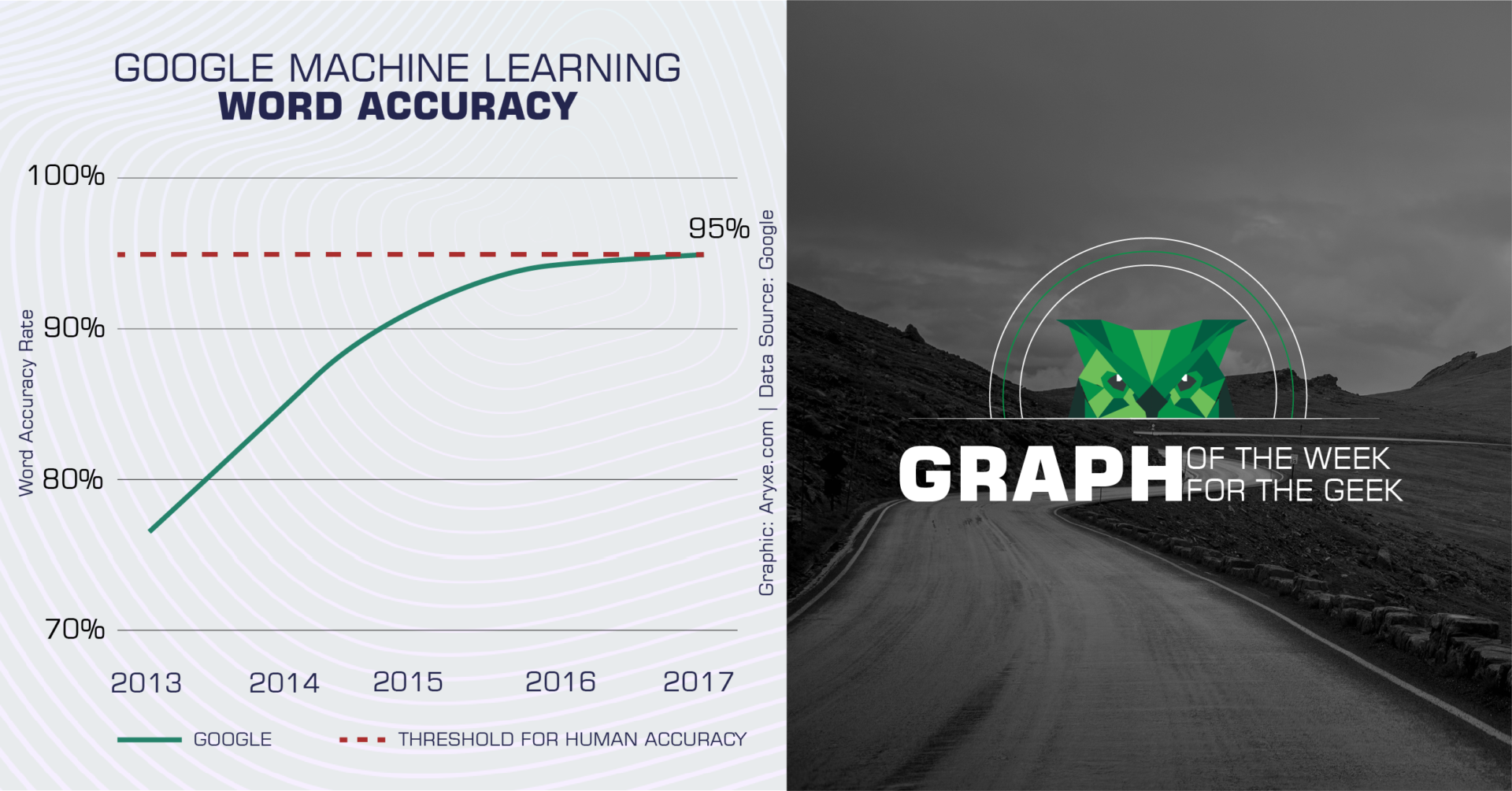Are we entering the era of voice? A review of the Internet Trends 2018 report
3 min read

3 min read

This week in Graph of the Week we look at Mary Meeker’s 2018 Internet Trends report, an annual overview of how the internet and digital services have developed in the last year. As a natural reflection of the events of the past year, this time the review focused on the protection of user privacy, the boom of e-commerce, China and its role in the digital economy, and work.
Voice
A key accent from the presentation was the development of voice technologies, used in smart home and mobile assistants, such as Google Home (Google Hello) and Amazon Echo (Alexa). As the graph shows, the speech recognition of voice technologies has reached 95 percent accuracy, making it equal to the human capacity of word comprehension. As a result, many companies are seizing opportunities to develop new applications for voice skills and smart home devices are being rapidly adopted by users. Amazon Echo’s install base increased to 30 million units in 2017, compared to 10 million for the previous period. Voice assistants will help users find new ways to shop for products, listen to music and podcasts, and receive their news in a more natural manner.

Market stagnation
While users prefer simple-to-use tools providing simplicity, more transparency and security, the markets have reached a highly-saturated point. On a global scale, the saturation of digital markets has been even more evident, highlighting the stagnant growth of internet users and the deliveries of new mobile devices in the last year. In reality, for businesses this means that new buyers are harder to find because of increased competition, market penetration rates are decreasing and companies need to invest more in innovation and R&D.
Crypto
A key focus of the report was also the adoption of digital currencies by internet users to manage financial transactions and payments. The interest in crypto exchange platforms and digital wallets has exploded, seeing the numbers of registered users on platforms, such as Coinbase, more than quadrupled throughout the course of 2017. Additional products which stimulate payments and ease user actions are messengers and mobile applications, with China maintaining its leading position in terms of mobile payments adoption.
Learn more about the rise of the blockchain technology and cryptocurrencies in our series of articles on the topic. (link to Part 1 and Part 2)
Key challenges
Overall, there has been a huge shift towards data-driven personalization of products and services, allowing internet companies to improve user experiences and increase the spent user time. This, of course, presents a downside on the privacy front and requires more robust means of controlling the flows of user data.
Yet again, organizations should take individual responsibilities for the privacy of their users’ information, as complete protection from regulators is often hard to ensure (as illustrated by the Facebook – Cambridge Analytica scandal). Despite the difficulties that organizations run into when protecting the privacy of their users, as Mary Meeker put it – “it’s irresponsible to stop innovation and progress”.
You can access all of the 294 slides in the Internet Trends report here.